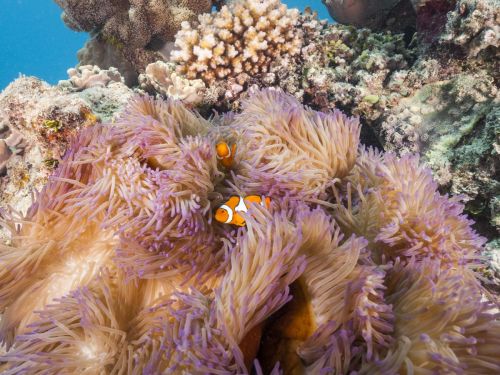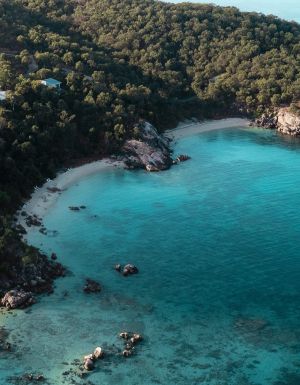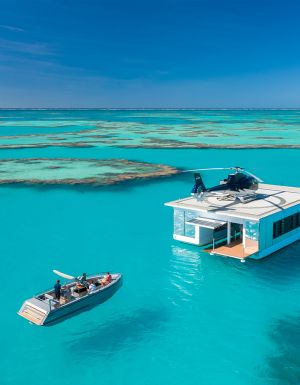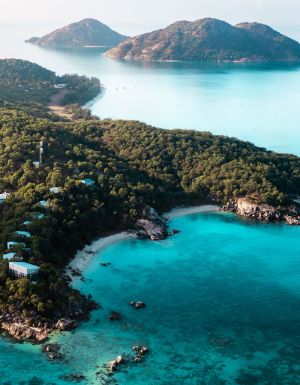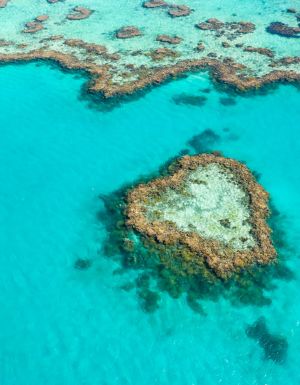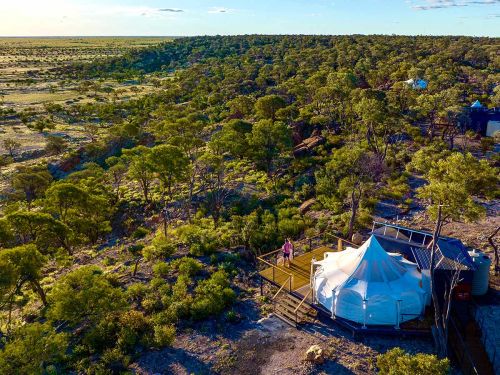Sir David Attenborough won it. Now the Great Barrier Reef wants in.
In a bold, world-first move, the Great Barrier Reef has been nominated for the United Nations Environment Programme’s (UNEP) Lifetime Achievement Award – an honour traditionally reserved for living individuals. The twist? The Great Barrier Reef isn’t human, but it is living.
Announced on World Earth Day (22 April), the nomination is part of The Lifetime of Greatness Project , a global campaign spearheaded by Reef Guardian Councils and supported by Traditional Owners, marine scientists, students and tourism operators. Together, they’re calling on the world to recognise the World Heritage-listed Great Barrier Reef not just as a natural wonder – but as a living entity deserving of the planet’s highest environmental honour.

Previous recipients of the award include the legendary Sir David Attenborough, who famously called the Great Barrier Reef “one of nature’s most impressive creations". But under UNEP’s own criteria, there’s room for interpretation. The award is granted to a “living individual", and an individual is defined as a “distinct entity". The Reef’s supporters argue it fits the bill.
“Using UNESCO’s definition of the Great Barrier Reef as a globally outstanding and significant entity, we argue that the Great Barrier Reef meets the entry requirements," chair of the Reef Guardian Council Jeff Baines says.
“The Great Barrier Reef is a mentor, leading by example in teaching us that you have got to work together for the future of our planet. A lifetime that great deserves to be recognised."

The campaign’s submission video features Traditional Owners describing the Reef as a teacher, healer and provider, while marine biologists champion its role as a biodiverse powerhouse, home to more than 9000 species.
Tourism Tropical North Queensland CEO Mark Olsen says the Great Barrier Reef is life-changing for many people who visit.
“We firmly believe that the individual who has had the largest impact on the world is the world’s largest individual, and we hope people around the world will share this understanding through The Lifetime of Greatness Project," he says.

If successful, the Great Barrier Reef would be the first non-human ever to receive the UNEP’s top accolade, sending a powerful message about the way we value and protect our ecosystems.
Great Barrier Reef Foundation managing director Anna Marsden says the world is ready to acknowledge that greatness can come in many forms.
“The Great Barrier Reef isn’t just an environmental icon – it’s a living entity that has quietly nurtured life for millennia," she says.
“This is our moment to give back and honour its contribution with the recognition it deserves while also raising awareness of the ongoing work being done to protect its beauty and biodiversity."
Join the movement: Sign your support and help nominate the Great Barrier Reef , and share your voice to help this living legend get the recognition it deserves.


